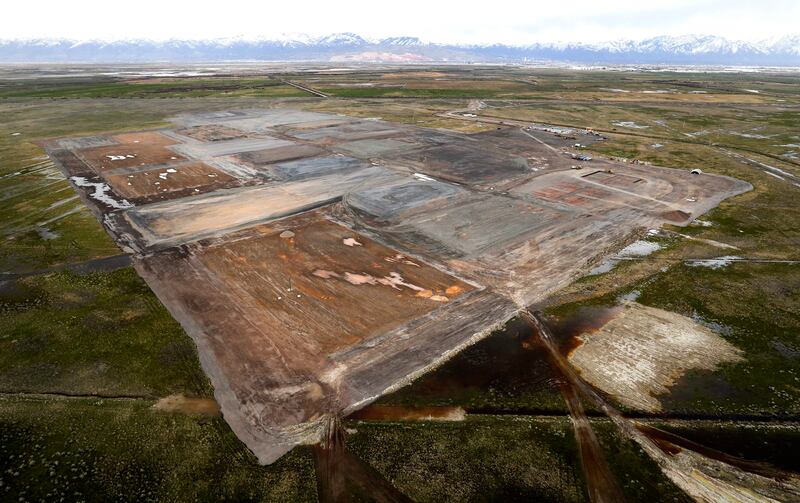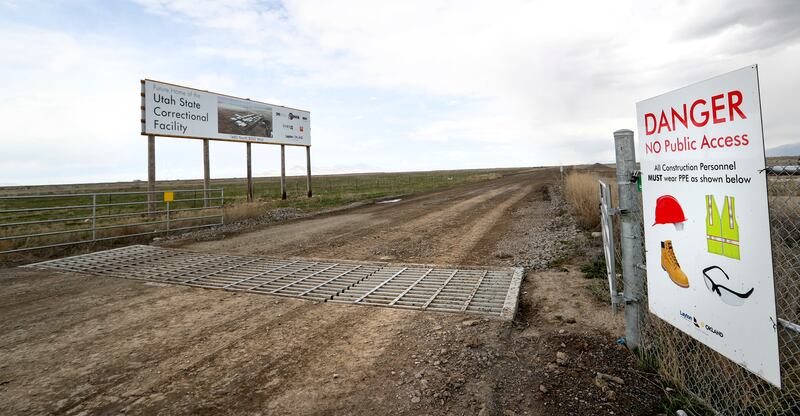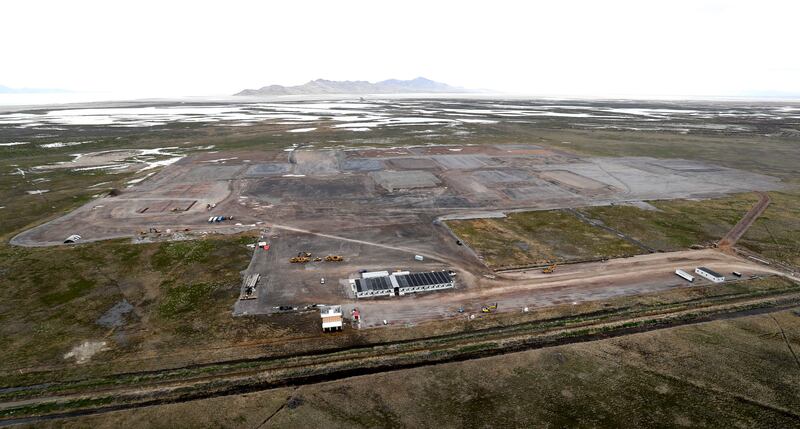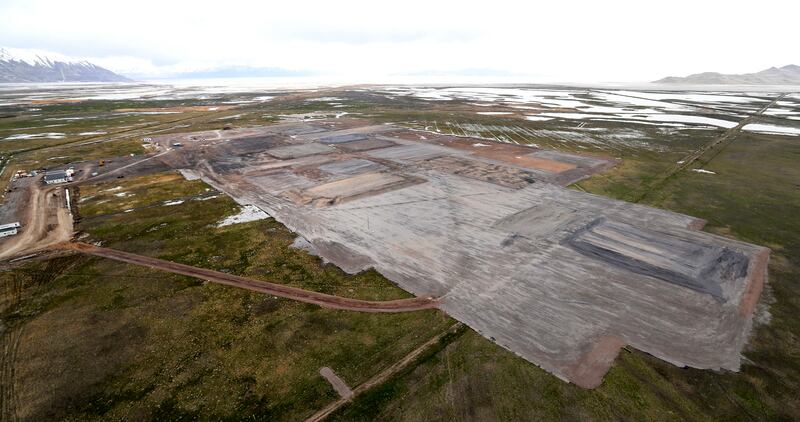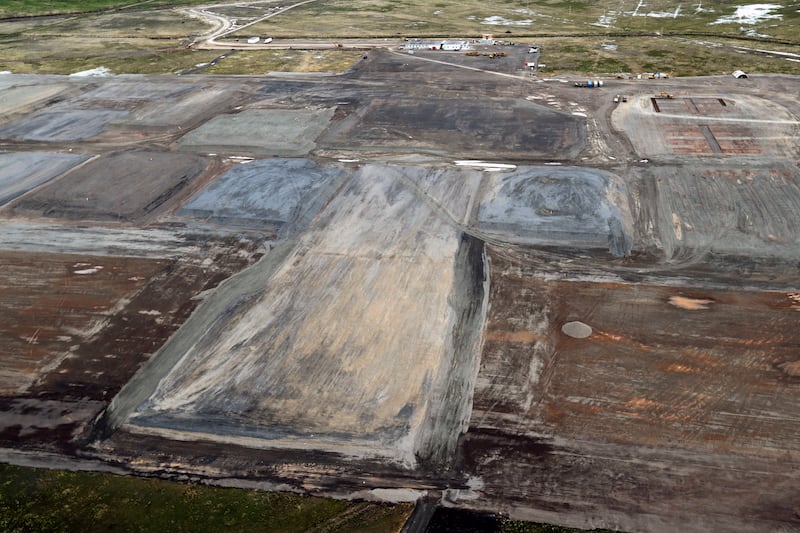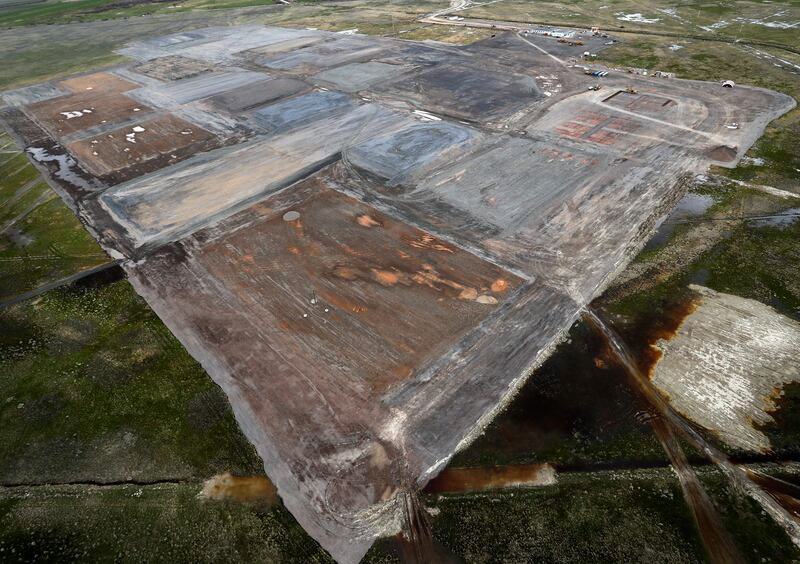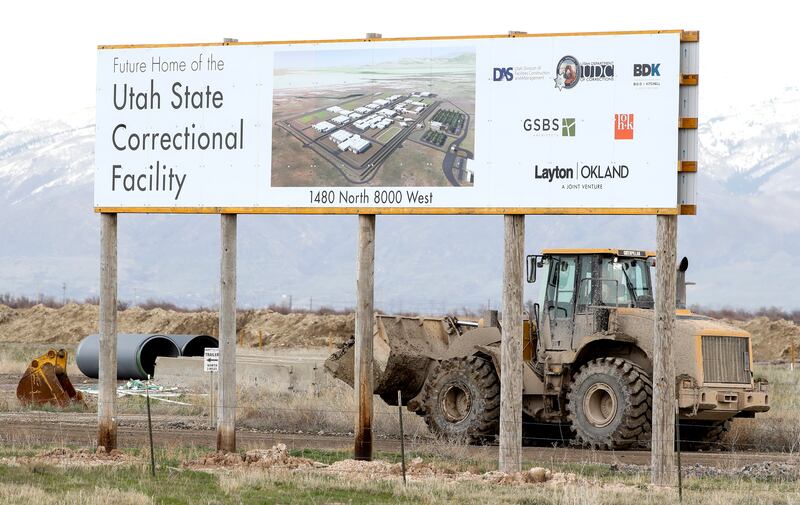SALT LAKE CITY — The $650 million price tag for the new state prison being built west of the Salt Lake City International Airport continues to climb, with escalating costs possibly bringing the bottom line closer to $800 million.
"There was no surprise. Everybody can see what’s happening in the market," Marilee Richins, deputy director of the state Department of Administrative Services that includes the division responsible for prison construction, told reporters Friday.
Senate Budget Chairman Jerry Stevenson, who helped oversee the yearslong prison relocation process, said there's little choice at this point but to come up with the additional funding needed.
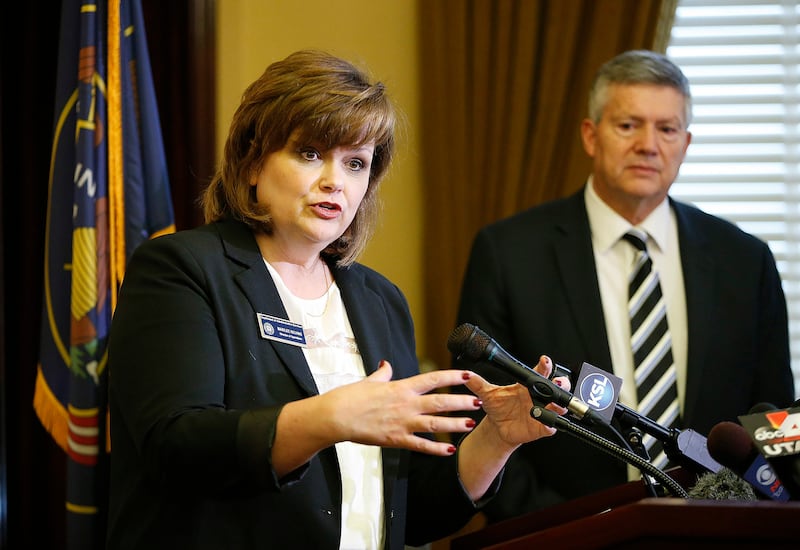
"Nobody wants to, but we're way past the point of no return on this. We're going to have to finish it now. I don't think anybody planned for this," Stevenson, R-Layton, said, blaming the ballooning costs on a bustling economy.
"We don't have control of that," he said of the lawmakers who came up with initial estimate.
"We played by all the rules we laid down for ourselves. We're a victim of the economy. We never tried to deceive anyone."
Richins said while there's been "some great progress" on the new prison due to be completed by the end of 2021, construction expenses have already been 18 percent to 22 percent higher than anticipated.
She declined to estimate what the final price to taxpayers could end up being, but with only half of the contracts for the prison in place, a similar escalation could boost the cost by up to $143 million.
No additional money was sought during the 2019 Legislature, and Richins said there's enough cash flow to continue work. She said about $210 million has been encumbered out of $361 million currently available.
Bonds that have been authorized but not yet issued could help make up the difference, Richins said.
"Was it funded less than we needed? Yeah, it was," she said, in part to force the state to find every possible savings in the massive project. "I think we did the best that we could."
She also said Utah's strong economy has helped make the prison more expensive, along with other big projects including the new multibillion-dollar airport under construction.
There have been about $118 million in savings over initial estimates, Richins said, such as $8.5 million cut by reducing the size of the facility. Now the new prison will have 3,600 beds rather than the 4,000 at the Utah State Prison in Draper.
Design changes that mean only parts of the new prison are considered state-of-the-art have also been made, Richins said, such as using electronic monitoring rather than relying on guard towers.
Such decisions are part of an effort to comply with what Richins called both pressure and encouragement from Gov. Gary Herbert to cut costs that led to suspending work for months at one point.
"There’s concern of course," she said of the recent increased expenses. "We received very strong instructions to continue to find savings. (By) no means are they saying, 'Doggone it, we understand.'"
The governor's deputy chief of staff, Paul Edwards, praised the effort by the administrative services department's Division of Facilities Construction and Management to control costs.
"In an economy marked by escalating labor and material costs," Edwards said the division "continues to impress us with their careful stewardship of taxpayer dollars. They have been creative in design and frugal in procurement to keep costs down."
Moving the Utah State Prison from the Point of the Mountain site to free up that property along the state's high-tech corridor known as Silicon Slopes for development has always been controversial.
Lawmakers selected the west Salt Lake site over locations in Utah and Tooele counties, but has required significant soil mitigation to ensure the land near the Great Salt Lake was compacted enough to hold the weight of the new prison.
The project had been overseen by the Prison Development Commission, created in 2015 after the Legislature voted to relocate the decades-old facility. However, the commission was among the government groups disbanded in the last legislative session.
Stevenson said there's always been a possibility of an increase in the $650 million estimate, which included $100 million to pay for developing infrastructure to the undeveloped site near the airport.
But he said budget details made public Friday weren't available during the legislative session that ended in mid-March. Now, Stevenson said, lawmakers will continue to look for potential savings.
That could mean housing more inmates in county jails, mental health facilities or other locations, further reducing the size of the prison, he said. Nearly a quarter of state inmates already serve time in county jails.
"We will be in a position next year to put more cash into it if we deem that is necessary," Stevenson said. "Part of the issue we've had here is it's just taken a long time. … This has all come together in the last two weeks."
He suggested there may be a silver lining.
"We've got to remember that the existing prison site is escalating," Stevenson said. "We may make a lot of money there. … When we put everything together, maybe it's not as dark a picture as it could be."

